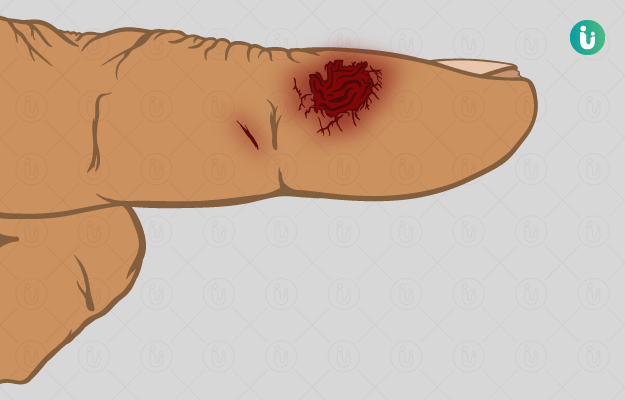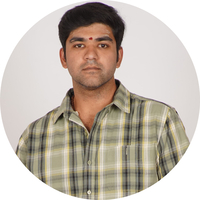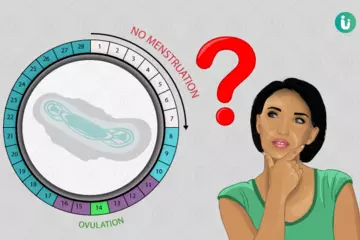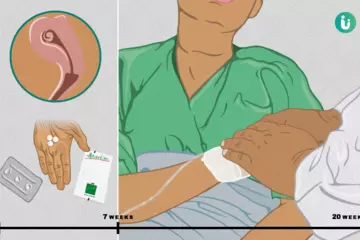What is an open wound?
Wounds are termed as open wounds when they crack the skin open and expose the underlying tissues to the environment. As a result of this, the wound becomes vulnerable to bleeding and infections. Most open wounds occur just on the surface of the skin and are minor. Some wounds are severe and tend to affect the deeper tissues, such as the nerves, blood vessels and muscles.
What are its main signs and symptoms?
The main signs and symptoms of an open wound are:
- Painful bruise
- Mild or severe bleeding
- Bluish or reddish discolouration that spreads over the injured area of skin
- Loss of function of the affected area
- Inflammation
What are the main causes?
The main causes of an open wound and the resulting wound types are as follows:
- When the skin rubs or scrapes against a surface, a shallow wound called an abrasion occurs.
- Trauma or contact with an object in collisions or accidents results in a deep cut called a laceration.
- A skin cut with a sharp object such as a knife or scalpel results in a linear type of open wound called an incision.
- Coming in contact with thin objects with pointy tips like nails, needles or teeth (animal or human bites) results in an open wound termed a puncture wound.
- An object that ruptures the skin by force, such as a bullet, results in a penetrating type of open wound.
How is it diagnosed and treated?
A physical examination of the open wound helps the doctor assess the wound and provide suitable treatment.
The following methods are used for treating open wounds:
- If the wound is bleeding, it is stopped by applying gentle pressure using a clean bandage.
- The wound is cleaned by removing any objects that caused the wound, washing the wound with water and flushing the wound with a sterile solution to remove any remaining debris, in order to reduce the chances of an infection.
- Antibiotic ointment is applied in a thin layer over the wound.
- Staples, sterile bandage dressing, stitches or skin adhesive bands may be used to close the wounds.
- A tetanus shot is given if it has been more than five years since the last vaccination, especially in case of contaminated wounds or those caused by animal or human bites.

 Doctors for Open Wound
Doctors for Open Wound  OTC Medicines for Open Wound
OTC Medicines for Open Wound
 Open Wound articles
Open Wound articles

 Home Remedies for Open Wound
Home Remedies for Open Wound







 Editorial Team
Editorial Team











